
General Guide About Content and Writing
Want to learn how do professors know if you use...
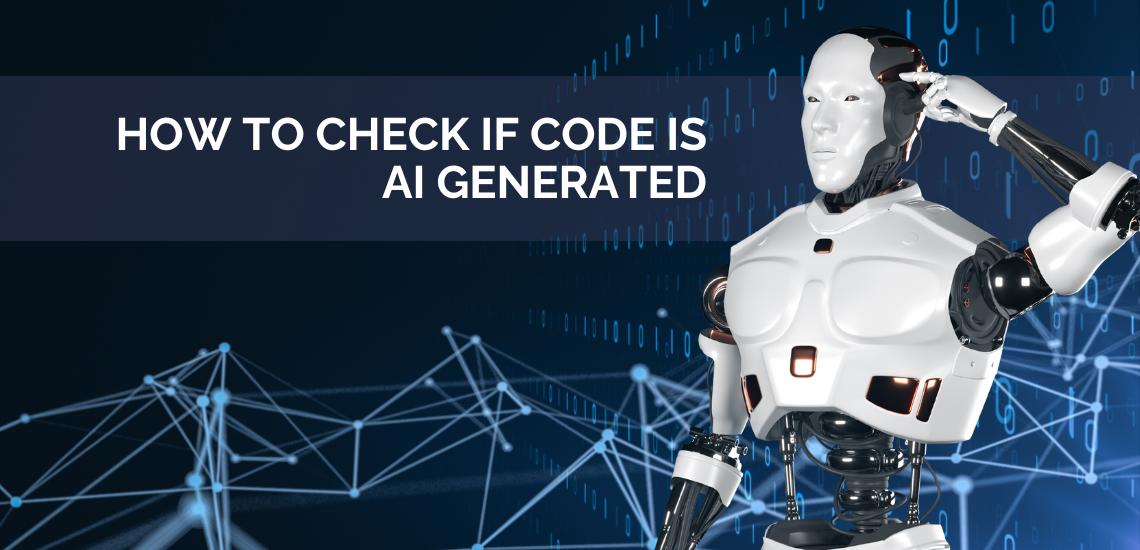
General Guide About Content and Writing
We always seek to gain a greater understanding of how...
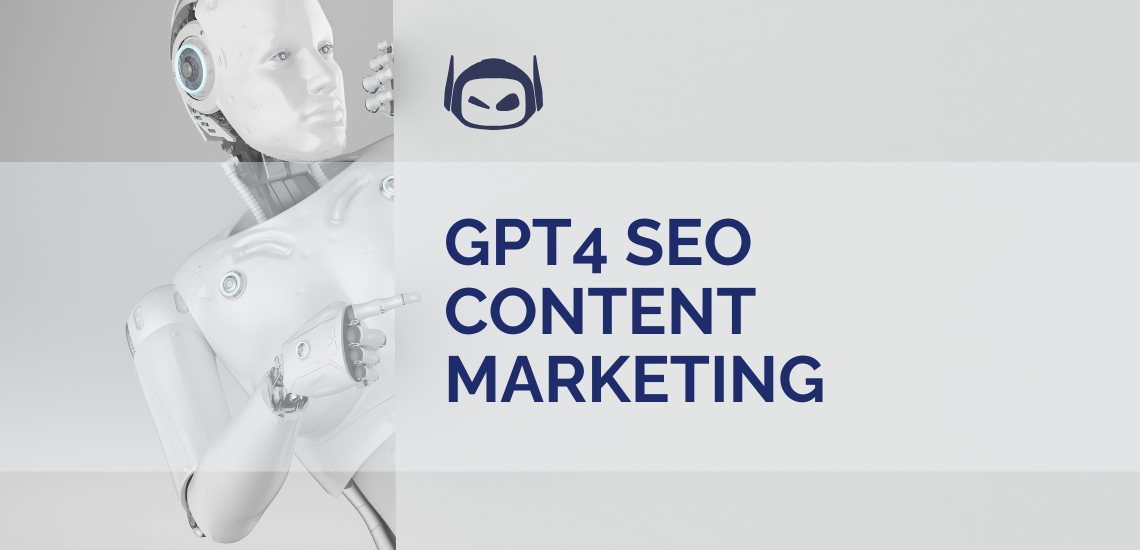
Executing a GPT-4 SEO content marketing campaign can skyrocket your...
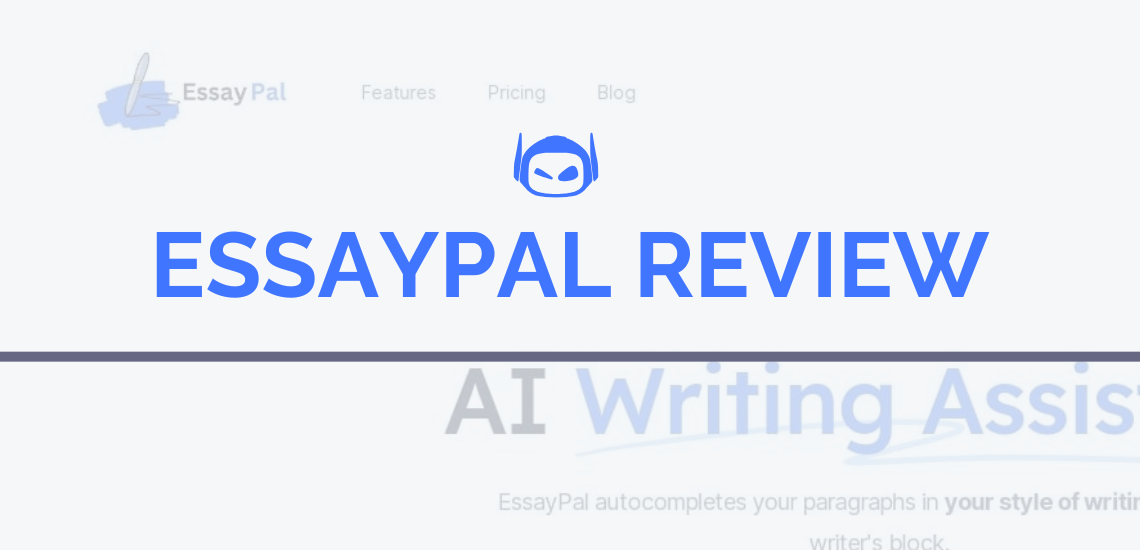
General Guide About Content and Writing
Sometimes you might feel your academic writing needs a little...

General Guide About Content and Writing
When you’re studying at one of the best educational institutions,...
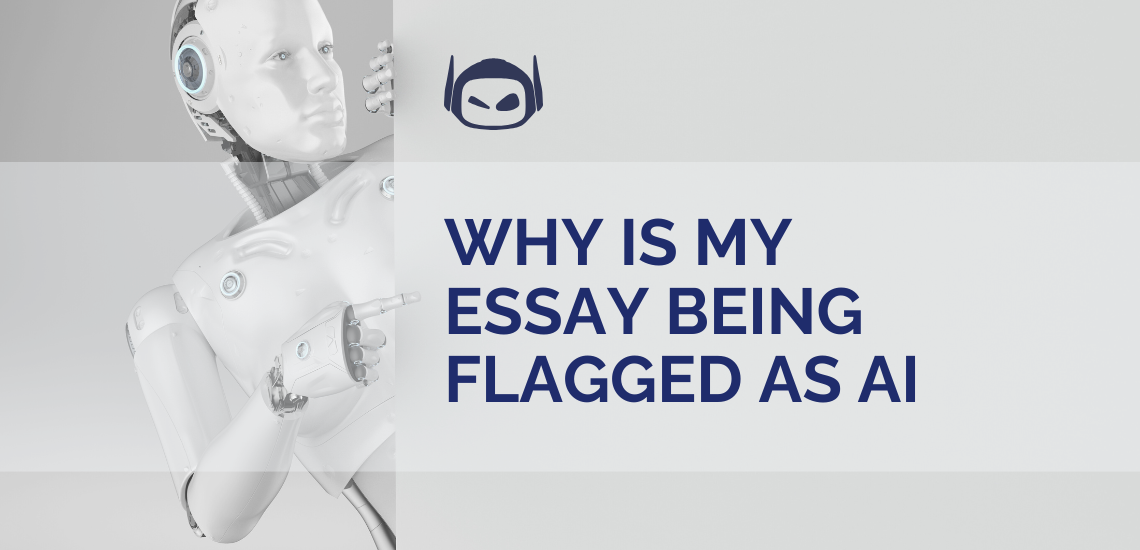
General Guide About Content and Writing
You’ve written a brilliant essay. From the intro to the...
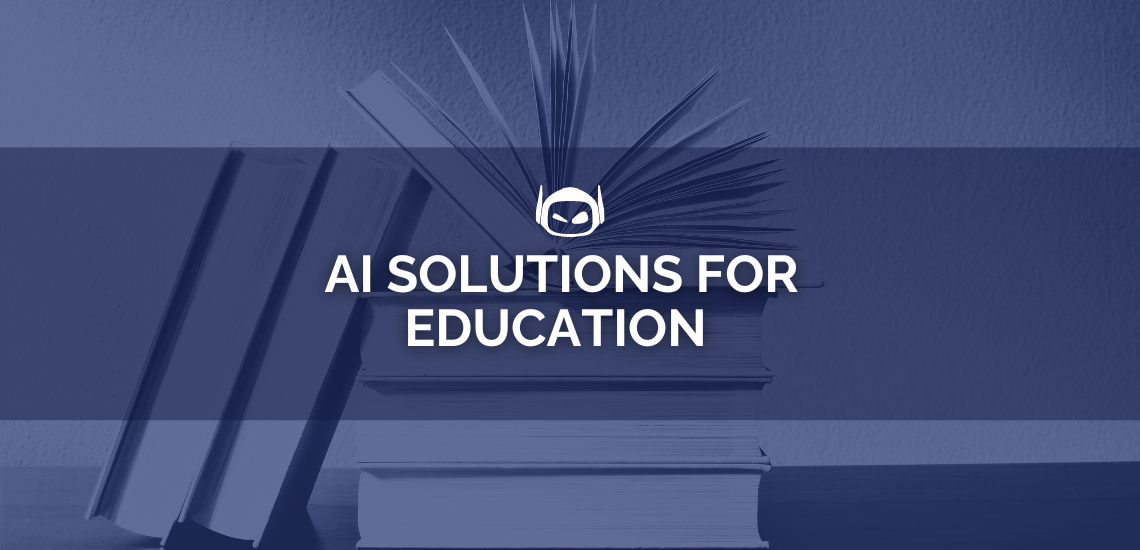
General Guide About Content and Writing
Do you feel like teachers are overwhelmed by the sheer...
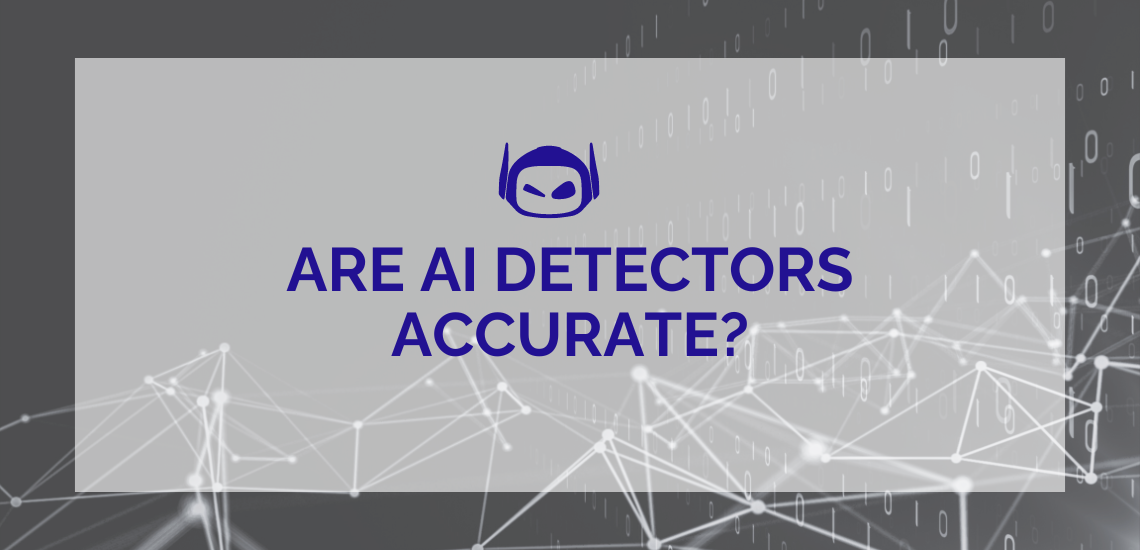
AI text generation technology is developing at a rapid pace....

General Guide About Content and Writing
AI in EdTech is advancing at a rapid pace, and...
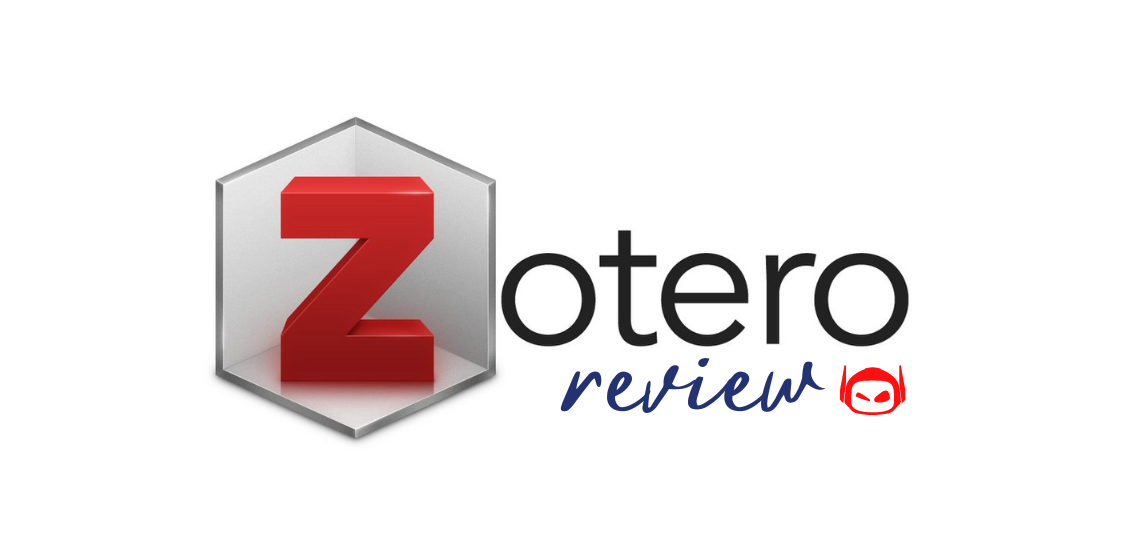
General Guide About Content and Writing
Do you want to know if it’s worth your time...